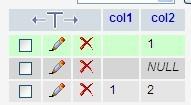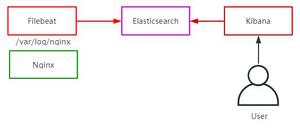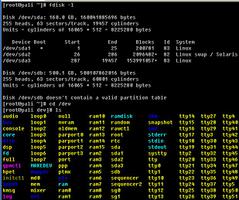linux系统账户和普通账户的区别

最近使用 useradd -r 选项进行创建账户,用于测试,对-r 选项不是很明白,下面记录一些调研的过程:
-r, --systemCreate a system account.
System users will be created with no aging information
in /etc/shadow, and their numeric identifiers are chosen in theSYS_UID_MIN
-SYS_UID_MAX range, defined in /etc/login.defs, instead of UID_MIN-UID_MAX (and their GID counterparts for thecreation of
groups).Note that useradd will not create a home directory
for such a user, regardless of the default setting in /etc/login.defs(CREATE_HOME). You have to specify the
-m options if you want a home directory for a system account to be created.
什么是系统账户?系统账户和普通账户有什么区别?(参考连接)
When you are creating an account to run a daemon, service, or other system software, rather than an account for interactive use.Technically, it makes no difference, but
in the real world it turns out there are long term benefits in keeping user and software accounts in separate parts of the numeric space.Mostly, it makes it easy to tell what the account is, and
if a human should be able to log in.
系统账户的用户id一般是小于一千的;其实就是给UID一个确定的代号,它不能用于登录,一般是给程序来使用;
保持更新,转载请注明出处;更多内容请关注 cnblogs.com/xuyaowen;
以上是 linux系统账户和普通账户的区别 的全部内容, 来源链接: utcz.com/z/511567.html









